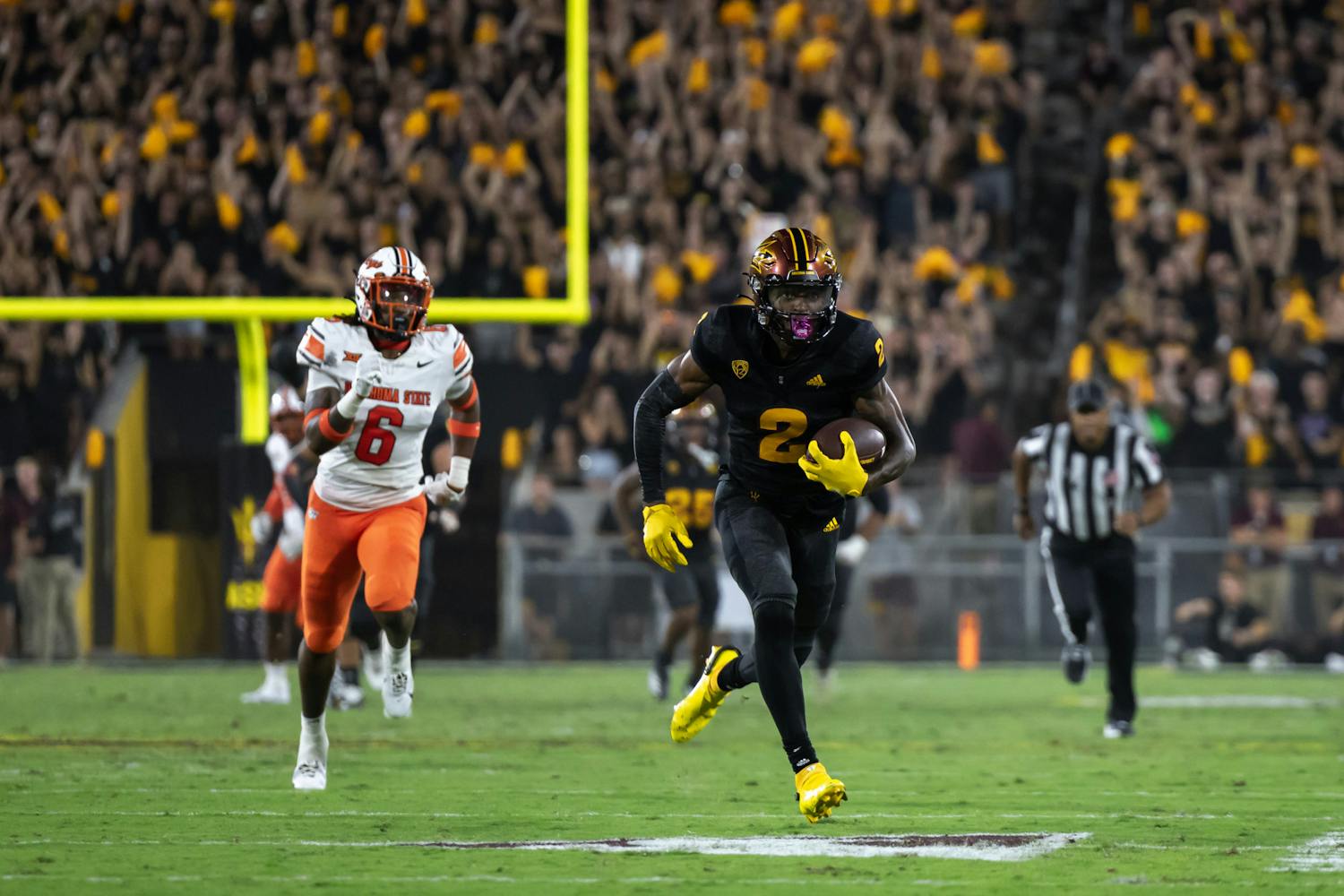Stop me if you’ve heard this before: The NCAA is being sued, again.
That refrain is nothing new in this era of collegiate athletics, which has become increasingly litigious and adversarial as emboldened players have realized the inequity of the status quo. In turn, courts have grown more willing (albeit marginally) to hold the NCAA and its member schools accountable under the law.
The most recent suit, filed earlier this week by former Northwestern University men’s basketball player Johnnie Vassar, alleges that the NCAA’s transfer rules (which require most transferring athletes to complete a “year-in-residence” at their new institution before becoming eligible for athletic competition) violate federal antitrust statutes by restricting player movement (the flow of talent between competing firms).
The class-action complaint claims (correctly) that the NCAA’s stated purpose of the year-in-residence requirement — to allow transfer athletes to adjust academically to their new school — is nothing more than a thinly-veiled labor control mechanism. This allows schools to lock in players for significant periods while minimizing administrative costs related to player movement, including recruiting and retention expenditures.”
Latest NCAA antitrust target- transfer rules. Lawsuit claims NCAA rules "bar athletes from same level playing field afforded to coaches"
— Gabe Feldman (@SportsLawGuy) November 16, 2016
For those uninitiated with the NCAA’s transfer regulations, attempting to understand them completely would be an exercise in futility. Emblematic of the transfer rules’ dizzying complexity is the NCAA’s “helpful” transfer guide it releases annually: A 30-page, single-spaced document that requires a two-and-a-half page glossary to wade through.
Boiled down to their essence, the transfer rules state that most athletes must complete a year-in-residence at their new institution before playing for the school. Thus, if an ASU athlete wanted to transfer to Arizona, he or she would generally be required to sit out a year before competing for the Wildcats.
Most athletes are eligible for relief from this requirement under the One-Time Transfer Exception (and thus able to participate immediately), but must first navigate through a lengthy and oftentimes complicated waiver process.
Football, baseball, men’s basketball and men’s ice hockey players, however, are excluded from the One-Time Transfer Exception’s scope, and thus almost always are ineligible to play immediately for their new institution. ASU’s football team was forced to contend with the effects of the exclusion this season, going without the services of two receivers — John Humphrey and Ryan Newsome — who transferred from Oklahoma and Texas, respectively, in the offseason. The NCAA’s justification for excluding athletes in those sports is that those programs are “historically academically underperforming.”
It must be a just a coincidence, then, that those particular sports generate the vast majority of the revenues collected by the NCAA and its member schools (institutions have far more to lose when athletes in those sports transfer than when a swimmer or runner decides to leave). In fact, as Vassar’s lawsuit notes, the unavailability of relief to athletes in the highest-earning programs exists, at least in part, so “coaches in these sports have more control over the product.”
Those same coaches, on the other hand, are not subject to any of the association-wide restrictions faced by athletes. Unlike their players, college coaches can leave their current position and “transfer” to another institution without impunity (save for complying with the liquidated damages sections of their contracts). While many athletes are required to serve a year-in-residence before becoming eligible for collegiate competition, coaches can switch schools and resume their coaching duties immediately — all without jumping through the myriad hoops their players must.
Vasser's lawsuit challenging NCAA transfer rules quotes @NoceraNYT's NYT article:
— Dan Werly (@WerlySportsLaw) November 15, 2016
"There are few NCAA rules that are as blatantly unfair" pic.twitter.com/DGGkd9NhMk
Furthering the hypocrisy is a coach’s ability to block an athlete’s transfer request, or prevent them from contacting a school of their choice. Coaches can be as arbitrary and capricious as they want, holding the ability to restrict an athlete’s transfer options for just about any reason whatsoever, including personal animus towards the player.
Oftentimes, coaches will, for strategic reasons, prohibit players from transferring to schools coached by one of their former assistants or to a school within their conference or on their upcoming schedule. As Vassar’s complaint points out, this decision to block an athlete’s transfer for athletic-related reasons does not comport with the NCAA’s claim that transfer restrictions are meant to ensure players “adjust academically” at their new institution.
Hypocrisy alone, however, will not allow Vassar and his class to prevail in court. His lawyers, led by Steve Berman (who is involved in a number of other NCAA-related cases) must prove that the NCAA’s conduct hampered competition in the market for players’ services. Theoretically, this is not difficult to establish, given schools are preventing athletes from transferring to and working for rival companies (schools). Vassar asserts that this prevents an “optimal and most efficient matching of schools and players,” which is detrimental to all parties involved: Players, schools, and consumers of college sports.
Thus far, though, the NCAA has, albeit with help from deferential courts, been mostly successful in warding off challenges to its transfer and eligibility rules. Still, the NCAA and Northwestern will likely have to expend a non-trivial level of resources to combat Vassar’s suit —resources that could otherwise be used to support initiatives that actually benefit athletes, instead of defending the anachronism of amateurism and other costly collusive behavior. And, even if Vassar’s challenge does not prevail, the NCAA will continue to face legal battles related to its transfer regulations.
Reforming these regulations might serve to limit the Association’s liability (and the attending legal costs) and/or co-opt potential player-litigants with policy shifts that work in their favor. Below are three reforms of the existing player transfer rules that would ease the burden on athletes and perhaps discourage future litigation in this area.
Automatic Release Upon Coaching Departure: If a player’s head coach leaves for another job, is fired, or retires, all athletes in the program have the option of transferring and playing immediately at another institution. While is it quaint to think that athletes commit to a school and not its coach, the
Extend One-Time Transfer Exception: The One-Time Transfer Exception should be extended to include the currently excluded classes: Football, baseball, men’s basketball and men’s ice hockey. On the basis of fundamental fairness, athletes in these sports should have the same ability as other athletes to seek relief from the year-in-residence requirement. Whether or not these “student-athletes” are the main revenue generators for their institutions should have no bearing on the transfer regulations.
Limit Ability of Coaches to Block Transfer Requests: The latitude afforded to coaches in granting and/or blocking an athlete’s transfer requests should be heavily curtailed, if not wholly eliminated. If coaches are allowed to transfer freely to any institution of their choice, then so should their athletes. There is no
Reach the columnist at cameron.miller.1@asu.edu or follow @camerun_miller on Twitter.
Like State Press Sports on Facebook and follow @statepresssport on Twitter.




